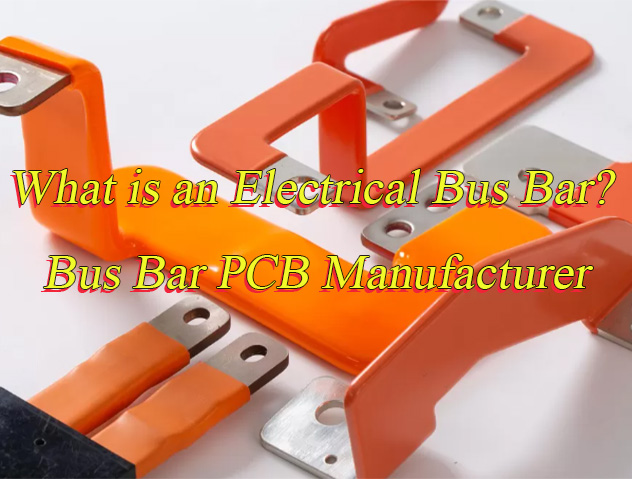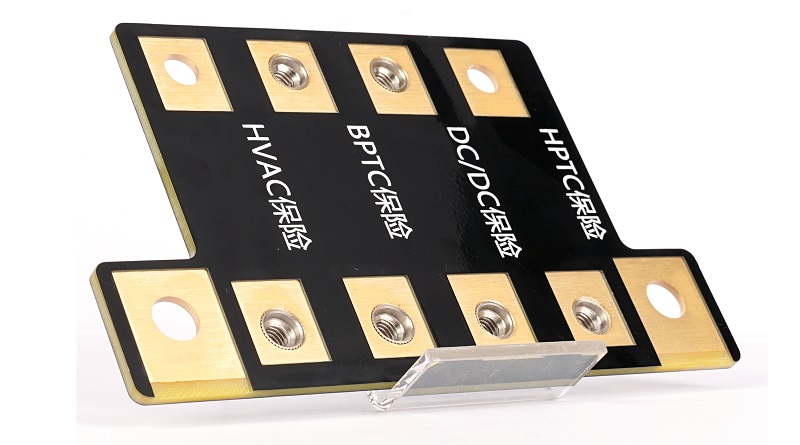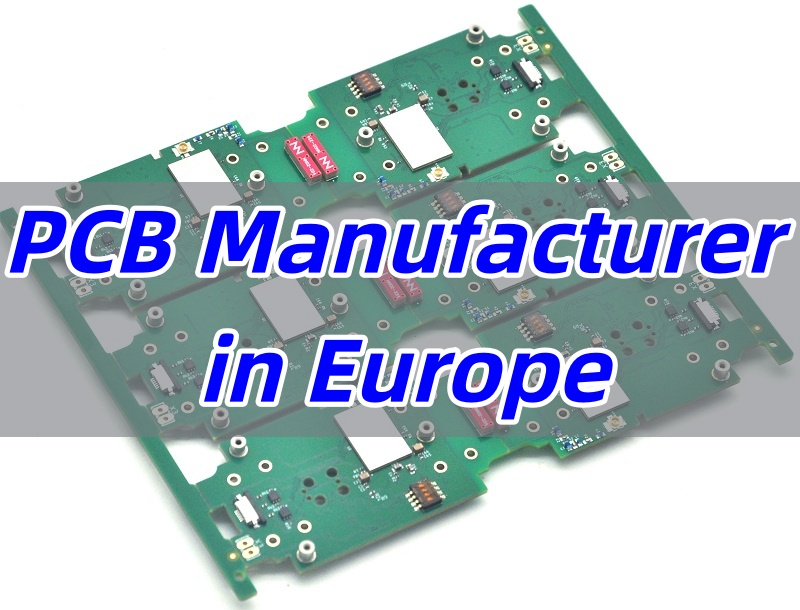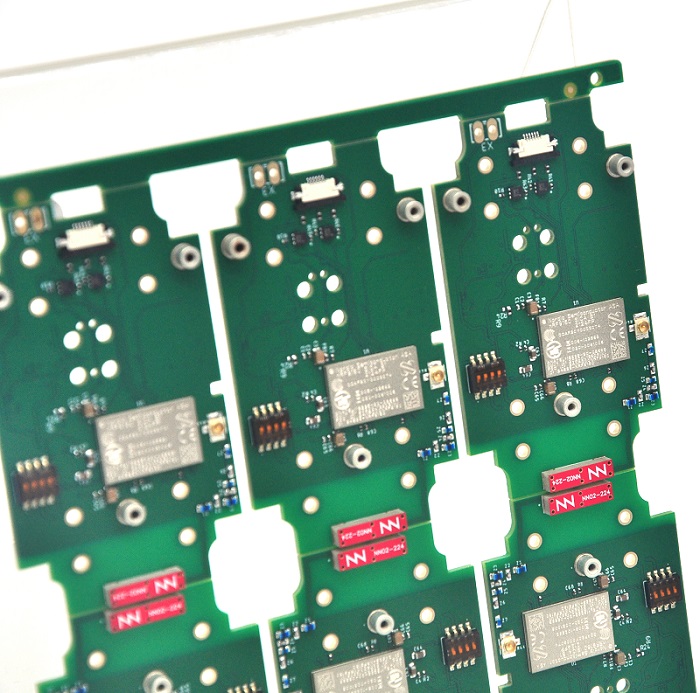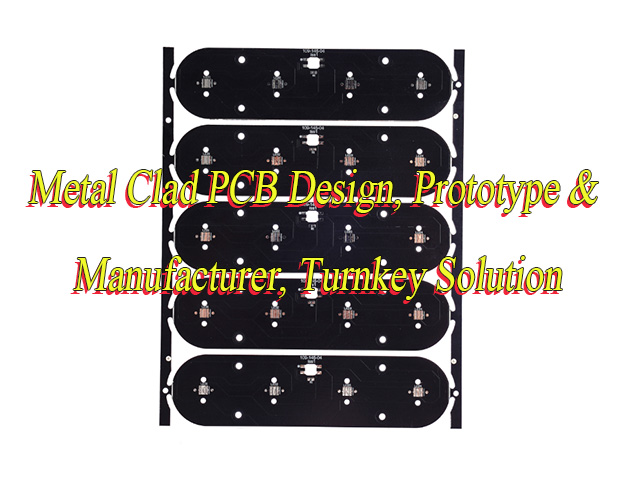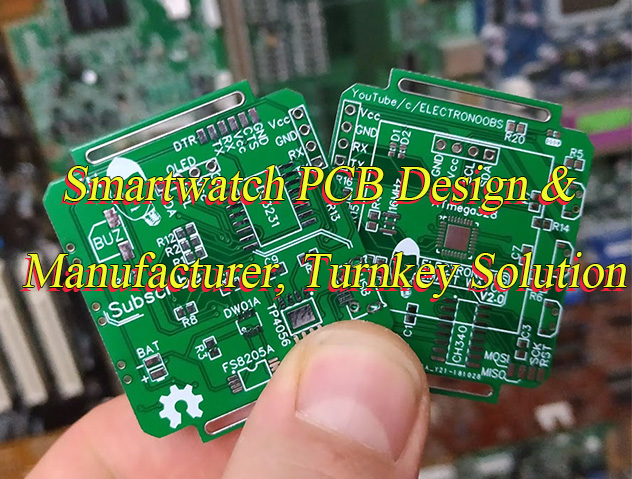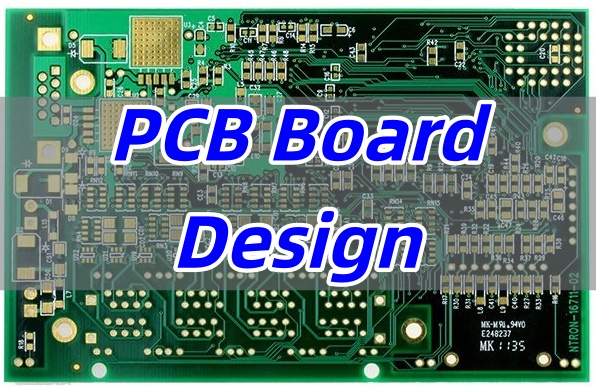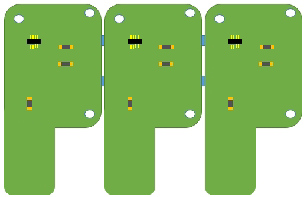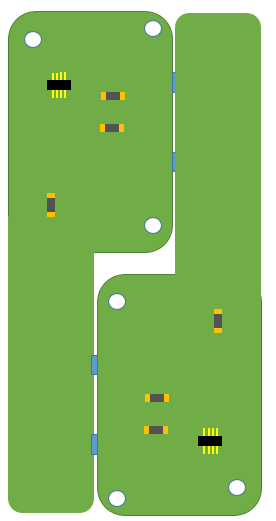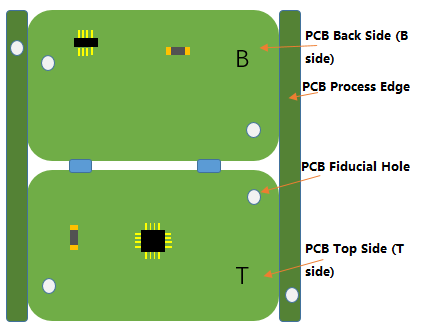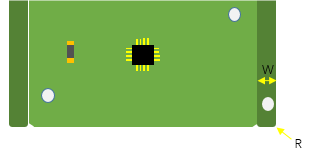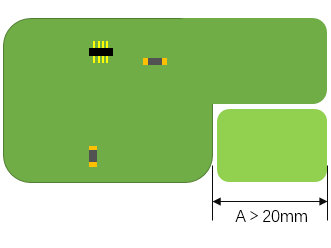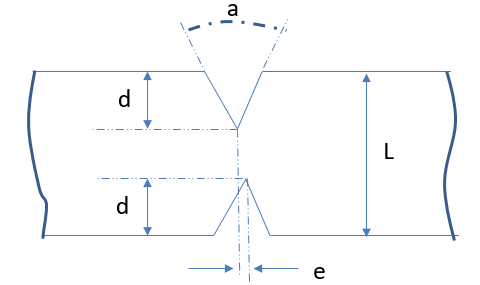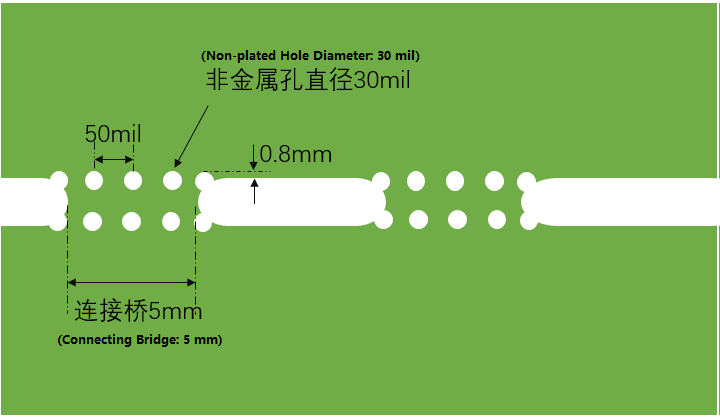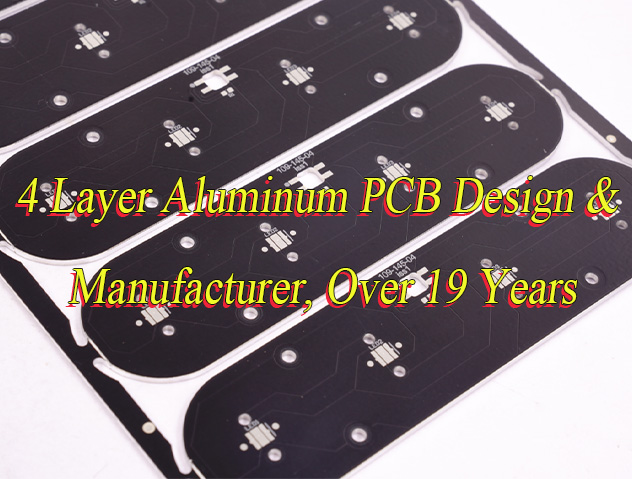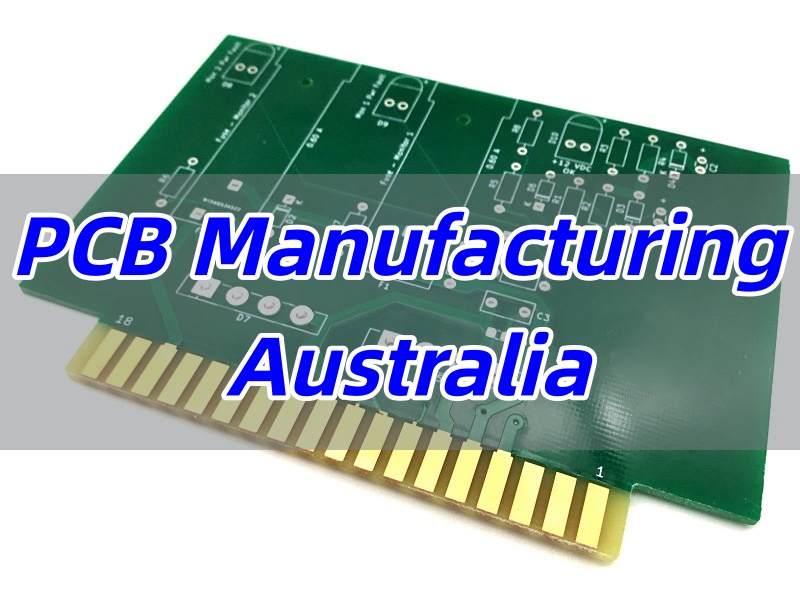Copper layer in PCB‚Äč acts as the nervous system of your electronic device. It is the conductive pathway that brings a circuit to life. This article will walk you through the critical roles, types, thickness, and function of PCB copper layers.
Are you feeling overwhelmed by your Copper layer in PCB‚Äč? Let’s look at five common challenges engineers face:
- ‚ÄčSignal Integrity Problems:‚Äč‚Äč Signals become noisy or distorted, especially in high-speed designs.
- ‚ÄčUnexpected Power Issues:‚Äč‚Äč The board cannot deliver stable power, causing components to reset or fail.
- ‚ÄčInadequate Current Carrying Capacity:‚Äč‚Äč Traces overheat or burn out because they are too thin for the current.
- ‚ÄčPoor Thermal Performance:‚Äč‚Äč Components run too hot, shortening the product’s lifespan.
- ‚ÄčManufacturing Confusion:‚Äč‚Äč Not knowing how to specify copper weight and layer stack-up for the manufacturer.
Fortunately, these challenges have solutions. By mastering the principles of copper layer design, you can turn these frustrations into strengths.
- ‚ÄčSmart Stack-up Design:‚Äč‚Äč Using dedicated power and ground planes to ensure clean power delivery and signal shielding.
- ‚ÄčPrecise Impedance Control:‚Äč‚Äč Calculating trace width and spacing to maintain signal quality.
- ‚ÄčAccurate Current Calculations:‚Äč‚Äč Using a ‚Äčcopper layer in PCB calculator‚Äč to determine the correct trace thickness for your current needs.
- ‚ÄčStrategic Thermal Management:‚Äč‚Äč Using ‚Äčcopper pour‚Äč and thermal vias to effectively dissipate heat.
- ‚ÄčClear Manufacturer Communication:‚Äč‚Äč Understanding terms like ‚ÄčPCB outer layer copper thickness‚Äč and ‚ÄčPCB inner layer copper thickness‚Äč to provide precise specifications.
A well-designed ‚ÄčCopper PCB Board‚Äč is reliable, efficient, and cost-effective. At Best Technology, we specialize in transforming complex design challenges into high-performance, reliable circuit boards. As a professional PCB manufacturer with deep expertise in material science and precision fabrication, we help you navigate these critical decisions. If you have a project in hand, reach out to our team at sales@bestpcbs.com for a consult.
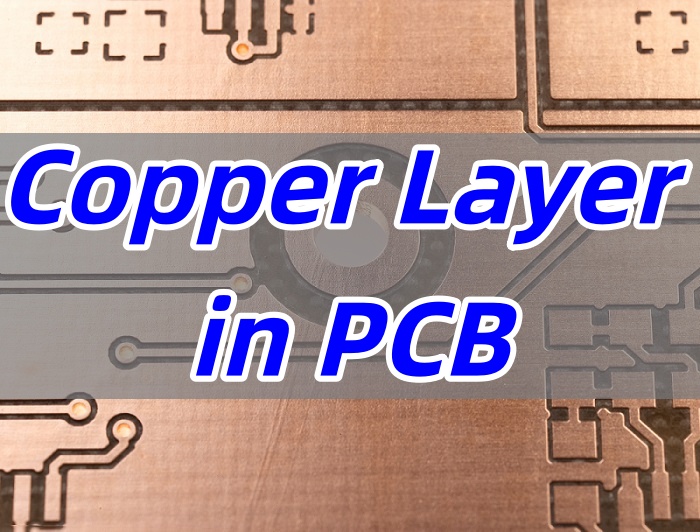
‚ÄčWhat is Copper Layer in PCB?‚Äč‚Äč
Simply put, a ‚Äčcopper layer in PCB‚Äč is a thin sheet of copper foil laminated onto or inside the insulating board. Think of it as the wiring inside your walls. You do not see it, but it is essential for delivering power and information.
These layers are etched to create specific pathways called traces. These traces connect all the electronic components. Without these copper layers, a PCB would just be an inert piece of fiberglass or other substrate. The ‚Äčcopper layer‚Äč gives the board its function.
‚ÄčWhat are the Layers of a PCB Called?‚Äč‚Äč
When we talk about ‚ÄčPCB layers, we are referring to the number of these copper sheets. The names are quite straightforward once you understand the structure.
- ‚ÄčTop Layer/Signal Layer:‚Äč‚Äč This is where most of your components are mounted. The copper traces on this layer form the primary connections.
- ‚ÄčBottom Layer/Signal Layer:‚Äč‚Äč The reverse side of the board, it can also hold components and more circuit traces.
- ‚ÄčInternal Planes:‚Äč‚Äč These are hidden copper layers inside a multilayer board. They primarily serve two purposes:
- ‚ÄčPower Plane:‚Äč‚Äč A solid ‚Äčcopper layer‚Äč dedicated to distributing power (like VCC) across the board.
- ‚ÄčGround Plane (GND):‚Äč‚Äč A solid copper layer that acts as a common return path for current and a shield against interference.
- ‚ÄčSolder Mask:‚Äč‚Äč This is the green (or other color) coating that goes over the copper. It prevents solder bridges and protects the traces.
- ‚ÄčSilkscreen:‚Äč‚Äč The white lettering that shows component designators and logos.
So, when someone asks, ‚Äč‚Äč”How many layers in PCB?”‚Äč‚Äč they are asking for the total count of these copper layers. A simple Arduino board might be a 2-layer board. A smartphone motherboard could have 8, 10, or even more layers.
‚ÄčHow Thick is the Copper Layer in a PCB?‚Äč‚Äč
The ‚Äčthickness of copper layer in PCB‚Äč is crucial. It determines how much current the trace can carry without overheating. Instead of millimeters, we use a historical weight measure: ounces (oz).
But what does that mean? One ounce (1 oz) copper means the amount of copper that weighs one ounce evenly spread over a one-square-foot area. In practical terms, ‚Äč1 oz copper thickness mm‚Äč is about 0.035 mm or 35 microns.
Here are common standards:
- ‚Äč0.5 oz:‚Äč‚Äč Thinner copper. Used for complex digital circuits with very fine traces.
- ‚Äč1 oz:‚Äč‚Äč The industry standard. A great balance between current capacity and ease of etching.
- ‚Äč2 oz and heavier:‚Äč‚Äč Used for high-power applications like motor controllers or LED lighting. They can handle more current and help with heat dissipation.
It is important to note that ‚ÄčPCB outer layer copper thickness‚Äč can be increased through a process called plating. This means the final thickness on the surface might be slightly higher than the initial laminate. The ‚ÄčPCB inner layer copper thickness‚Äč typically remains as the original foil weight.
‚ÄčWhat is the Function of the Copper Layer in a PCB?‚Äč‚Äč
The ‚Äčcopper layer in PCB‚Äč wears many hats. Its functions go far beyond simple connectivity.
- ‚ÄčElectrical Connectivity:‚Äč‚Äč This is its primary job. Copper traces create the roads for electrons to travel between components.
- ‚ÄčPower Distribution:‚Äč‚Äč The copper planes efficiently deliver stable power to every chip and component on the board.
- ‚ÄčHeat Dissipation:‚Äč‚Äč Copper is an excellent conductor of heat. Large copper areas, called pours, act as radiators to pull heat away from hot components.
- ‚ÄčSignal Integrity:‚Äč‚Äč Carefully designed copper traces ensure that high-speed signals arrive intact and without interference. Ground planes are especially critical here as a reference point.
‚ÄčWhat is the Function of Copper Traces on a PCB?‚Äč‚Äč‚Äč
When we look at a PCB, those shiny lines are the copper traces. They are the lifeblood of the circuit, far more than simple wires. The design of each trace directly determines the circuit’s performance, reliability, and cost.
Before we dive in, it’s crucial to understand a key concept: the distinction and connection between ‚ÄčCopper Traces‚Äč and a ‚ÄčCopper Layer in a PCB.
- ‚ÄčConnection:‚Äč‚Äč Copper traces ‚Äčoriginate from‚Äč the copper layer. Think of it this way: the ‚ÄčPCB copper layer‚Äč is a complete, raw canvas of copper foil that covers the entire board. The ‚Äčcopper traces‚Äč are the circuit patterns meticulously cut out from this canvas through an “etching” process.
- ‚ÄčDistinction:‚Äč‚Äč A ‚ÄčPCB copper layer‚Äč is a ‚Äčmaterial‚Äč and ‚Äčstructural‚Äč concept; it defines the existence, thickness, and overall stack-up of the conductive layer. ‚ÄčCopper traces, however, are a ‚Äčfunctional‚Äč and ‚Äčdesign‚Äč concept; they represent specifically shaped copper conductors assigned particular electrical tasks.
Now, let’s explore the key functions of ‚Äčcopper traces‚Äč in detail across five core dimensions.
‚Äč1. Current Carrying and Power Distribution: Ensuring Stable Energy Delivery‚Äč
This is the most fundamental yet critical function of copper traces. They are responsible for delivering electrical power from the source to every component that needs it.
- ‚ÄčCurrent Capacity Dictates Width:‚Äč‚Äč The amount of current a trace can safely carry is directly related to its cross-sectional area (i.e., its width and copper weight). Using a trace that is too narrow for a high current will cause overheating‚ÄĒmuch like using a thin wire for a high-power appliance‚ÄĒpotentially leading to a burnt-open circuit. Engineers must carefully calculate the minimum trace width based on the expected current.
- ‚ÄčPower Distribution Network (PDN):‚Äč‚Äč Traces that power chips, especially power and ground lines, are typically designed to be wider. This reduces DC resistance and minimizes voltage drop, ensuring that the chip’s power pins receive a stable and clean voltage.
‚Äč2. Signal Interconnection and Transmission: Building the Communication Network‚Äč
This is the most visible role of copper traces in digital circuits: enabling data communication between components.
- ‚ÄčThe Physical Manifestation of Logic:‚Äč‚Äč Every logical connection in a schematic diagram requires a physical copper trace on the PCB to become real. From a microprocessor’s pins to a memory chip, these traces form the data transmission skeleton of the device.
- ‚ÄčKey to Routability:‚Äč‚Äč In high-speed, high-density designs, successfully routing all signal traces within a limited number of layers is a central challenge during the layout phase.
‚Äč3. Impedance Control and Signal Integrity: Ensuring High-Speed Signal Clarity‚Äč
When signal frequencies increase, a copper trace ceases to be a simple “wire” and behaves as a transmission line. At this point, controlling its “characteristic impedance” becomes paramount.
- ‚ÄčWhat is Impedance Control?‚Äč‚Äč It is essential for ensuring that a signal propagates from the transmitter to the receiver without energy loss and distortion caused by reflections. The impedance is determined by the trace’s ‚Äčwidth, thickness, distance from the reference ground plane, and the dielectric constant of the insulating material.
- ‚ÄčHow is it Achieved?‚Äč‚Äč For high-speed signal lines, engineers design them as precise “controlled impedance traces.” This means specifying an exact target impedance value (e.g., 50 ohms), which is then achieved through the PCB manufacturer’s precise fabrication processes. Any deviation in width or spacing will cause impedance discontinuities, leading to signal degradation.
‚Äč4. Thermal Management: Acting as a Built-in Heat Dissipation Path‚Äč
Copper is an excellent conductor of heat. Copper traces, and especially large areas of copper pour, are a vital part of a PCB’s thermal management system.
- ‚ÄčConducting Heat Away:‚Äč‚Äč For components with significant power dissipation (like power amplifiers or regulators), the copper traces connected to them help conduct heat away from the component, spreading it over a larger area of the board.
- ‚ÄčConnecting to Thermal Structures:‚Äč‚Äč These traces or pour areas are often connected to internal ground planes using thermal vias, creating an effective path for heat to flow away from critical areas.
‚Äč5. Enabling Specific Electrical Functions: Acting as Passive Components‚Äč
In specific scenarios, copper traces can be designed to function as inductors, capacitors, or resistors themselves.
- ‚ÄčPlanar Spiral Inductors:‚Äč‚Äč shaping a trace into a spiral pattern can create a small-value surface-mount inductor.
- ‚ÄčPrecision Resistors:‚Äč‚Äč By using very narrow and long traces (or special alloy materials), it’s possible to create precision current-sensing resistors with values in the milliohm range.
‚ÄčIn conclusion, the function of copper traces is multidimensional: they are the ‚Äčblood vessels for energy, the ‚Äčnerves for signals, the ‚Äčdedicated lanes for high-speed data, and ‚Äčhidden pathways for heat. Understanding and precisely designing every copper trace is the foundation of ensuring electronic product performance and reliability. The next time you examine your PCB layout, try evaluating the role of each trace from these perspectives.
‚ÄčWhat is Copper Pour in PCB?‚Äč‚Äč
‚ÄčWhat is copper pour in PCB?‚Äč‚Äč Imagine filling large, empty areas of your PCB with solid copper. That is a copper pour. It is not a signal trace, but a continuous sheet connected to a net, usually the ground net.
Why would you do this?
- ‚ÄčShielding:‚Äč‚Äč It acts as a shield against electromagnetic interference (EMI).
- ‚ÄčThermal Management:‚Äč‚Äč It provides a large surface area to draw heat away from components.
- ‚ÄčManufacturing Stability:‚Äč‚Äč It helps the board etch more evenly, preventing warping.
However, it must be used wisely. Poorly implemented copper pour can sometimes cause more noise or create antenna effects.
‚ÄčHow to Use Copper Layer in PCB?‚Äč‚Äč
Using the ‚Äčcopper layer in PCB‚Äč effectively is the art of PCB design. Here is a practical approach:
- ‚ÄčPlan Your Stack-up:‚Äč‚Äč Before you start, decide ‚Äčhow many layers in PCB‚Äč you need. A simple circuit may need only two. A complex design with a microprocessor will likely need at least four, with dedicated power and ground planes.
- ‚ÄčDefine Power and Ground:‚Äč‚Äč Always start by defining solid power and ground planes. This is the foundation of a stable design.
- ‚ÄčRoute Critical Signals:‚Äč‚Äč Route high-speed and sensitive signals first, ensuring they have a continuous ground plane underneath for reference.
- ‚ÄčUse Copper Pour:‚Äč‚Äč After routing, add ground copper pour on unused areas on the signal layers. Connect this pour to the ground plane with many vias (“stitching vias”).
- ‚ÄčCheck Your Work:‚Äč‚Äč Use Design Rule Checks (DRC) and a ‚Äčcopper layer in PCB calculator‚Äč to verify trace widths for current and impedance.
‚ÄčHow to Select the Right Copper Layer for Your PCB Project?‚Äč‚Äč
Selecting the right copper is a balance of electrical, thermal, and cost needs. Follow these steps:
- ‚ÄčDetermine Current Needs:‚Äč‚Äč This is the most critical step. Use an online trace width calculator. Input your current and desired temperature rise. It will tell you the required trace width for different copper weights (1 oz, 2 oz). This is the best use of a ‚Äčcopper layer in PCB calculator.
- ‚ÄčConsider Thermal Demands:‚Äč‚Äč Will your board run hot? If so, a heavier copper weight (like 2 oz) acts as a built-in heat sink.
- ‚ÄčAssess Signal Types:‚Äč‚Äč For high-frequency signals, you need controlled impedance. This requires precise ‚Äčcopper layer thickness‚Äč and dielectric spacing. Your manufacturer can help you with this.
- ‚ÄčFactor in Space:‚Äč‚Äč Heavy copper allows for narrower traces to carry the same current. This can help miniaturize power electronics.
- ‚ÄčThink About Cost:‚Äč‚Äč Thicker copper and more layers increase the cost. Choose the simplest stack-up that reliably meets your design’s needs.
‚ÄčWhy Partner with Best Technology for High-Precision Copper Layer PCBs?‚Äč‚Äč
Getting the ‚Äčcopper layer in PCB‚Äč right is not just about design; it is about precision manufacturing. This is where Best Technology excels. We understand that the integrity of your copper layers‚ÄĒfrom the ‚Äčcopper substrate PCB‚Äč to the final plating‚ÄĒdefines your product’s performance.
- ‚ÄčUnmatched Manufacturing Precision:‚Äč‚Ä謆Our advanced manufacturing processes ensure that your specified ‚ÄčPCB copper thickness in mm‚Äč is met with exceptional accuracy.
- Wide Range PCB Support:‚Äč‚Äč Best Technology offers a broader range of PCB products, including FR4 PCB, flexible circuits, rigid-flex PCB, IMS PCB, and ceramic PCB. Whether you need a standard ‚ÄčCopper base PCB‚Äč or a sophisticated multilayer board with strict impedance control, we have the expertise.
- ‚ÄčMastery of Layer-to-Layer Integrity:‚Äč‚Äč We help you navigate the complexities of ‚ÄčPCB inner layer copper thickness‚Äč and ‚Äčouter layer‚Äč plating to ensure your design is built perfectly.
- Proactive Design for Manufacturing (DFM) Support:‚Äč‚Äč Our engineering team provides thorough DFM analysis, focusing specifically on your copper layers. We identify potential manufacturing issues related to trace spacing, copper balancing, and thermal management early in the process. This proactive collaboration saves you time and cost by optimizing your design for manufacturability and yield before it goes to production.
- ‚ÄčCommitment to Long-Term Reliability:‚Äč‚Äč Our focus on copper layer integrity is a cornerstone of our reliability promise. We ensure strong adhesion between copper and substrate, preventing lifting and blistering. Our processes minimize defects like etch voids or over-etching that can compromise performance, ensuring your products stand the test of time in the field.
Please feel free to contact us at any time to discuss your requirements, from PCB prototypes to box build projects. Our email is sales@bestpcbs.com.
‚ÄčCase Study: Copper Layer Control in PCB Manufacturing at Best Technology‚Äč
At Best Technology, we recently completed a complex project requiring precise copper layer management in a ‚Äč4-layer PCB‚Äč for a ‚Äčhigh-power industrial controller. The design demanded ‚Äčheavy copper layers (inner & outer)‚Äč‚Äč to support high current without overheating.
Our engineering team optimized ‚Äčcopper thickness (up to 20OZ)‚Äč‚Äč to ensure superior conductivity and thermal performance. Using ‚Äčadvanced lamination techniques‚Äč and ‚Äčrigorous quality control, we delivered boards that exceeded electrical and mechanical specifications. Finally, the client praised the ‚Äčuniform copper distribution, low signal loss, and reliability, demonstrating Best Technology‚Äôs expertise in ‚Äčhigh-current PCB solutions.
This successful application has enabled expansion of our copper layer technology across multiple fields.
‚ÄčIndustry Applications & Technical Capabilities‚Äč
- ‚ÄčRobotics (Joint Drive PCBs)‚Äč‚Äč
- ‚ÄčChallenge:‚Äč‚Äč High-current traces in compact layouts
- ‚ÄčSolution:‚Äč‚Äč
- ‚Äč20OZ heavy copper‚Äč with ‚Äč60/80mil trace/spacing‚Äč
- ‚ÄčTeflon-based laminates‚Äč for low-loss high-frequency signals
- ‚ÄčSolar Inverters‚Äč
- ‚ÄčRequirement:‚Äč‚Äč Outdoor durability (CTI ‚Č•600)
- ‚ÄčSolution:‚Äč‚Äč
- ‚ÄčCTI600-rated materials‚Äč
- ‚Äč5OZ outer layers + matte black solder mask‚Äč for UV resistance
- ‚ÄčMedical Endoscope Flex PCBs‚Äč
- ‚ÄčCritical Need:‚Äč‚Äč Ultra-thin (0.15mm) with reliable signal integrity
- ‚ÄčSolution:‚Äč‚Äč
- ‚Äč0.1mm laser microvias‚Äč + ‚Äč1OZ rolled copper‚Äč
- ‚ÄčTransparent solder mask‚Äč for optical inspection
- ‚ÄčStage Lighting Control‚Äč
- ‚ÄčCustomization:‚Äč‚Äč Multi-color PCB identification
- ‚ÄčExecution:‚Äč‚Äč
- ‚ÄčDual-layer solder mask (matte blue top / matte black bottom)‚Äč‚Äč
- ‚Äč45¬į gold finger beveling‚Äč for high mating cycle reliability
‚ÄčKey Technical Advantages‚Äč
✅ ‚ÄčHeavy Copper Flexibility‚Äč
- ‚ÄčInner layers: Up to 20OZ‚Äč for automotive/motorcycle ECUs
- ‚ÄčOuter layers: 10OZ‚Äč optimized for LED thermal management
✅ ‚ÄčHybrid Material Solutions‚Äč
- ‚ÄčRogers 4350 + FR4 hybrid stackups‚Äč for 5G surveillance cameras
✅ ‚ÄčPrecision Fabrication‚Äč
- ‚Äč0.15mm mechanical blind vias‚Äč for medical 3D interconnects
‚Äč‚ÄčAll in all, copper layer in PCB‚Äč is the fundamental element that makes electronic circuits possible. From carrying signals to managing heat, its proper application is key to a successful product. We hope this guide has shed light on the importance of copper layers, from their basic function to advanced design strategies.
Mastering the use of copper traces, planes, and pours will significantly improve your PCB designs. And when it comes to bringing a high-precision design to life, having a manufacturing partner like Best Technology ensures that your specifications are met with exacting standards. We are committed to delivering quality and reliability in every board we make. For your next project, pls feel free to get in touch with us. We are here to help. Email us at sales@bestpcbs.com.



